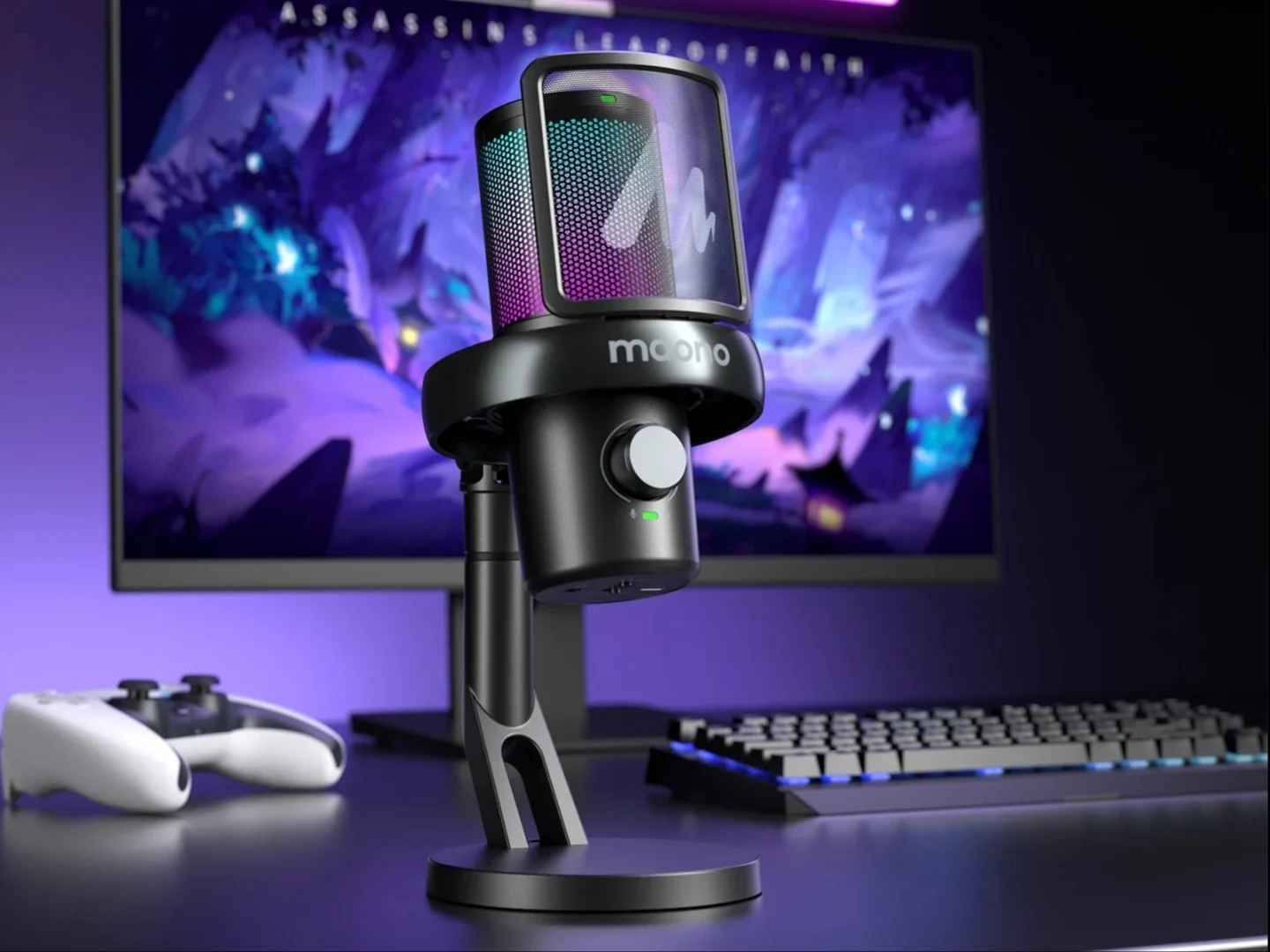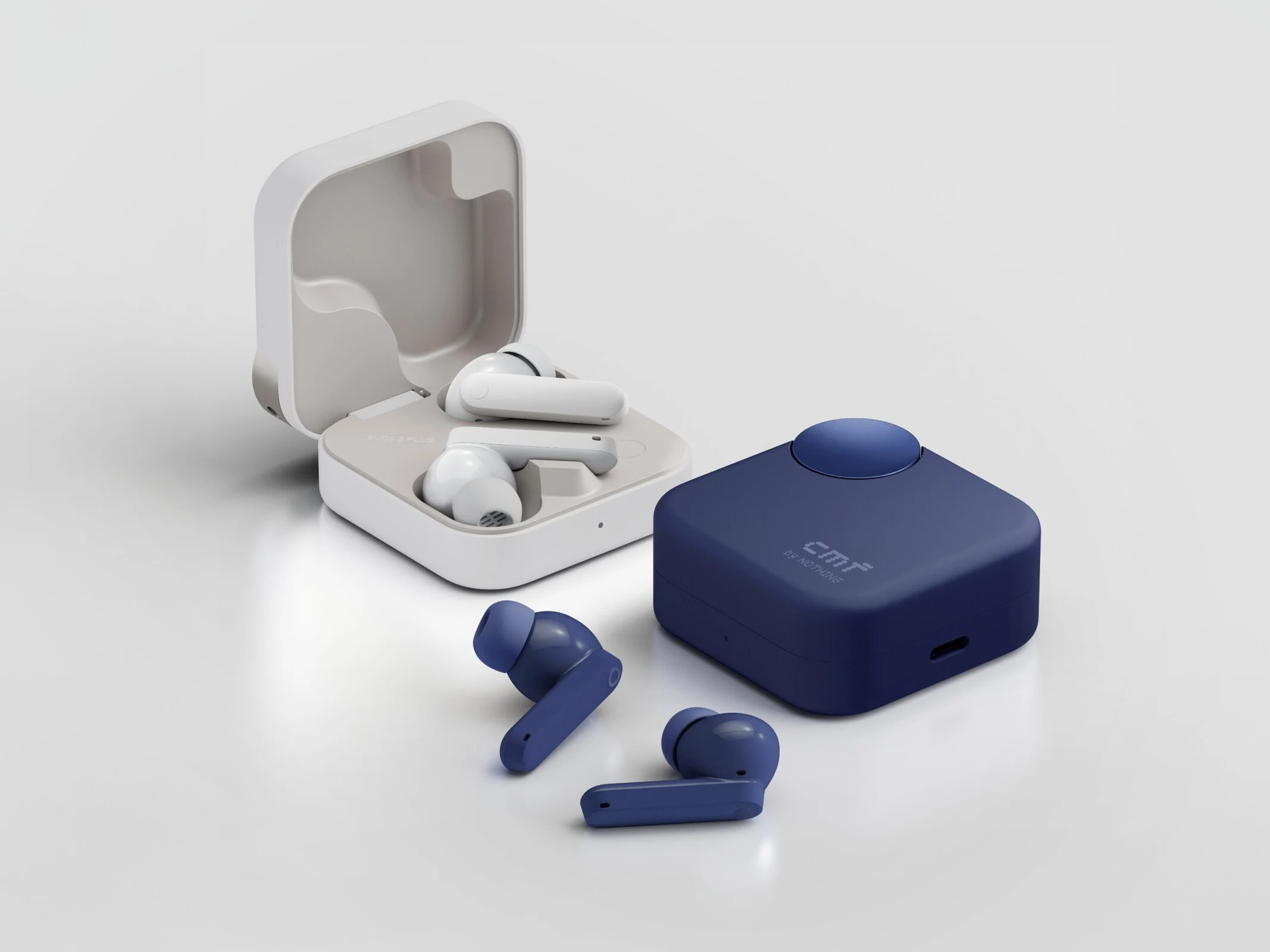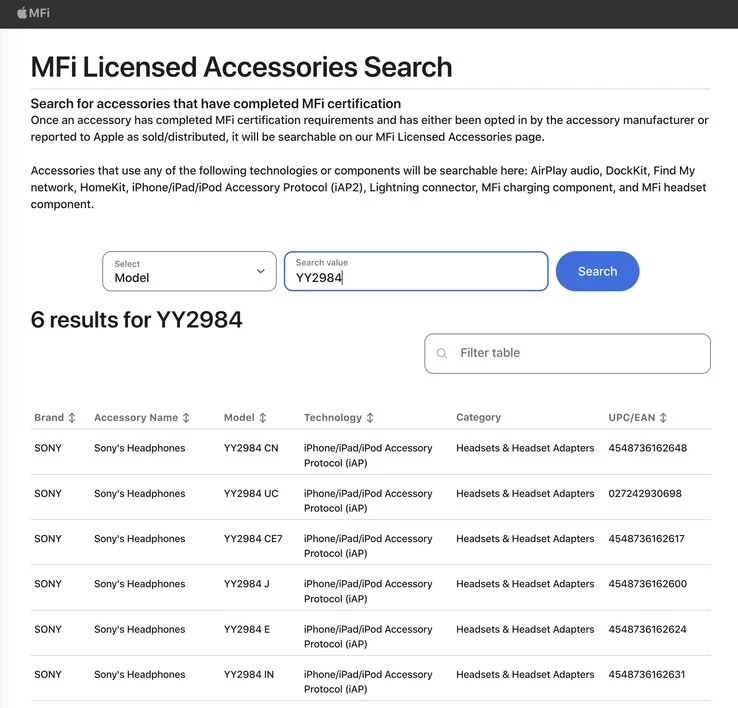Key Takeaways
1. The DM40 Pro is a wireless USB microphone designed for gamers and streamers, featuring AI-driven voice effects and high-quality audio production capabilities.
2. It offers a latency of just 0.02 seconds and boasts a battery life of up to 75 hours without RGB lights, including a variety of included accessories.
3. The microphone has a 16mm condenser capsule capable of recording at 48 kHz/24-bit, surpassing some competitors but falling short of the NZXT Capsule Elite’s specs.
4. Users can customize their voice with 10 AI modes and adjust various features using the Maono Link software, while also having physical controls for volume and mute.
5. The DM40 Pro is available in black and white, with discounted prices currently set at $85 for black and $72 for white, with further releases planned for Amazon UK and EU.
Maono has introduced a fresh USB microphone aimed at gamers and streamers, featuring wireless capabilities, AI-driven voice effects, and additional features. The DM40 Pro is presented as a comprehensive tool for producing high-quality content that delivers clear, broadcast-quality audio. It is offered in two shades, black and white, and goes up against competitors like the NZXT Capsule Elite and the HyperX QuadCast S USB microphones.
Design and Connectivity
The DM40 Pro condenser microphone can either rest on a desk or be attached to an arm, but its standout feature is the wireless connectivity. It includes a USB receiver and adapter to establish a cable-free link between the microphone and the source, boasting an impressive latency of just 0.02 seconds. This wireless function is powered by an internal battery, which is claimed to last for up to 75 hours with RGB lights off, and around 40 hours with the RGB lights activated. The DM40 Pro microphone package contains a pop filter, sponge, mic capsule, shock mount, and a stand.
Audio Quality
Inside the microphone is a 16mm condenser capsule capable of recording at 48 kHz/24-bit, which slightly surpasses the 48 kHz/16-bit capability of the pricier HyperX QuadCast S. Nevertheless, the NZXT Capsule Elite still prevails over both microphones, offering a 24-bit depth and a sample rate of 192 kHz, although it is a wired option.
AI Features
When it comes to AI functionality, some users might find it beneficial, while others could view it as a mere gimmick. The DM40 Pro allows users to modify their voice with 10 distinct modes, including imitations of Deadpool, Sukuna from Jujutsu Kaisen, Jett from Valorant, and Tifa from Final Fantasy, among others. The Maono Link software facilitates the adjustment of these effects, noise cancellation, RGB lighting customization, and EQ settings.
On the top side of the DM40 Pro, there is a mute button, and the Mic gain dial is situated at the front. This same dial also controls headphone volume, with a press of the dial enabling a switch between the two. At the bottom, you’ll find the power/RGB button, Mic Monitor toggle, along with a headphone jack and USB Type-C charging port.
Pricing and Availability
The DM40 Pro comes in black and white options and is available for purchase on Amazon and the Maono website. According to Amazon, the black version is listed at $120 but is currently discounted by 29%, bringing it down to $85. An extra 10% off coupon reduces the price further to $77. The white version is priced at $90, but a 20% off coupon drops it to $72. The wireless microphone is set to be released on Amazon UK and Amazon EU around mid-May.
Source:
Link















